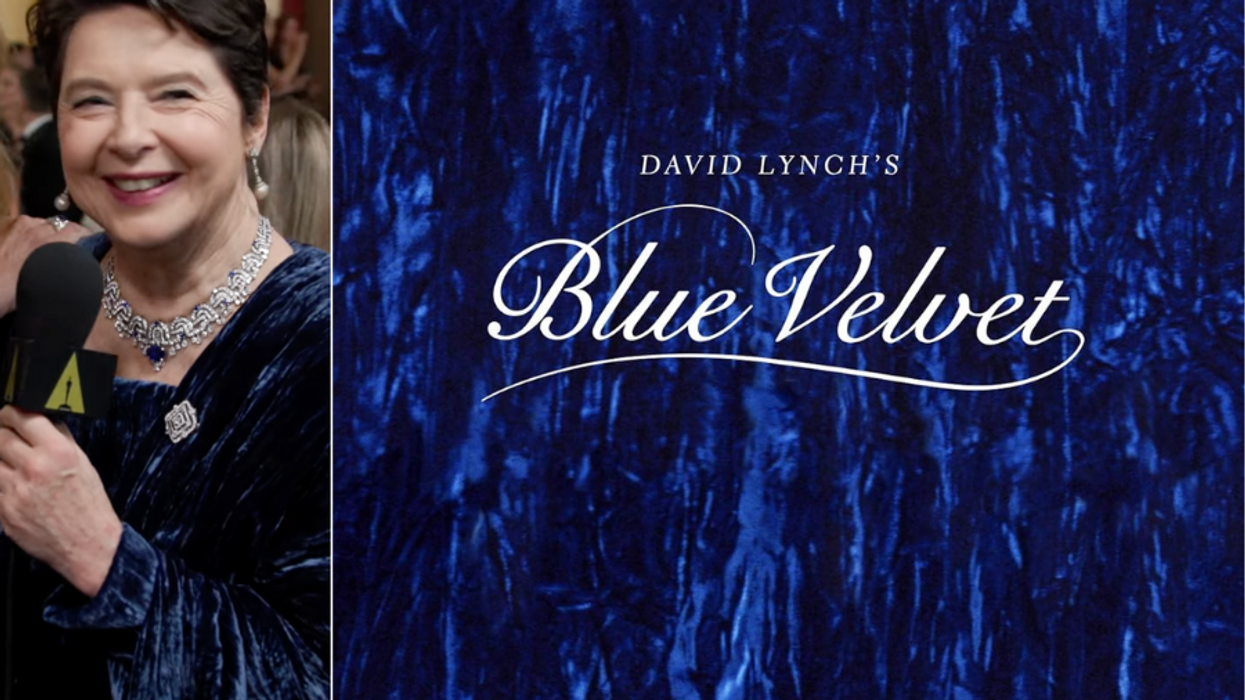Penmanship has long been the essence of personal expression. Although good penmanship has atrophied in our computer age, methods and styles have routinely been subject to the vicissitudes of technology, even before the digital revolution.Take the ballpoint pen, invented in 1938 by a Hungarian journalist named Laszlo Biro, who had observed that newspaper ink dried faster than the ink in fountain pens, keeping the paper smudge-free. He created a pen using printer's ink and changed the manner and look of written expression. The British government bought the licensing rights to Biro's invention during World War II because the Royal Air Force needed a pen that would not leak at higher altitudes. The basic concept of the ballpoint has remained fairly consistent, though styles have changed. The Bauhaus teacher Laszlo Moholy-Nagy designed a famous Parker Pen, one of the most popular of the genre, but perhaps the most popular of all ballpoints is the Bic Crystal, introduced by Marcel Bich in 1950, the first inexpensive, disposable pen. The digital pen is on the horizon, but the ballpoint will always be the sina qua non.-STEVEN HELLER

revise
Expression comes in many fonts, colored inks, and paper hues. But one of the most important ancillary inventions for scribblers was Liquid Paper, more commonly known as white-out. Originally called "mistake out," it was invented by a wannabe artist and former Dallas secretary, Bette Nesmith Graham (the mother of former Monkee Mike Nesmith). Seeking a better typewriter correction ribbon, she made a brew of white tempera and pigment that resulted in the most functional liquid since water.
enable
Another boon to expression was loose-leaf paper, blue-lined with a pink margin and three holes so that it can sit in a loose-leaf binder (U.S. patent #4904103). Who actually designed the paper is something of a mystery, but the concept dates back to the 1850s.
digitize
The most popular precursor to the PDA was Steve Jobs and Steve Wozniak's Apple Newton MessagePad, released in 1993 and named after Sir Isaac Newton. It was a lot clunkier than the new organizers, but nonetheless had many of the writing functions-including handwriting recognition software, like inventor Jeff Hawkins's smart Palm Pilot-that are so ubiquitous today.Jessica's pick: I resist the notion that a machine can draw as well as a person, but recently I saw something that made me think differently. Scriptographer is a plug-in to Adobe Illustrator that lets you draw, and then completes the gesture-so a random line becomes an arabesque, or a spiral, or a tree branch. It is captivating precisely because it's so collaborative; a kind of improvisational dialogue that opens your eyes to an entirely new kind of expression.-JESSICA HELFAND
I resist the notion that a machine can draw as well as a person, but recently I saw something that made me think differently. Scriptographer is a plug-in to Adobe Illustrator that lets you draw, and then completes the gesture-so a random line becomes an arabesque, or a spiral, or a tree branch. It is captivating precisely because it's so collaborative; a kind of improvisational dialogue that opens your eyes to an entirely new kind of expression.-JESSICA HELFAND












